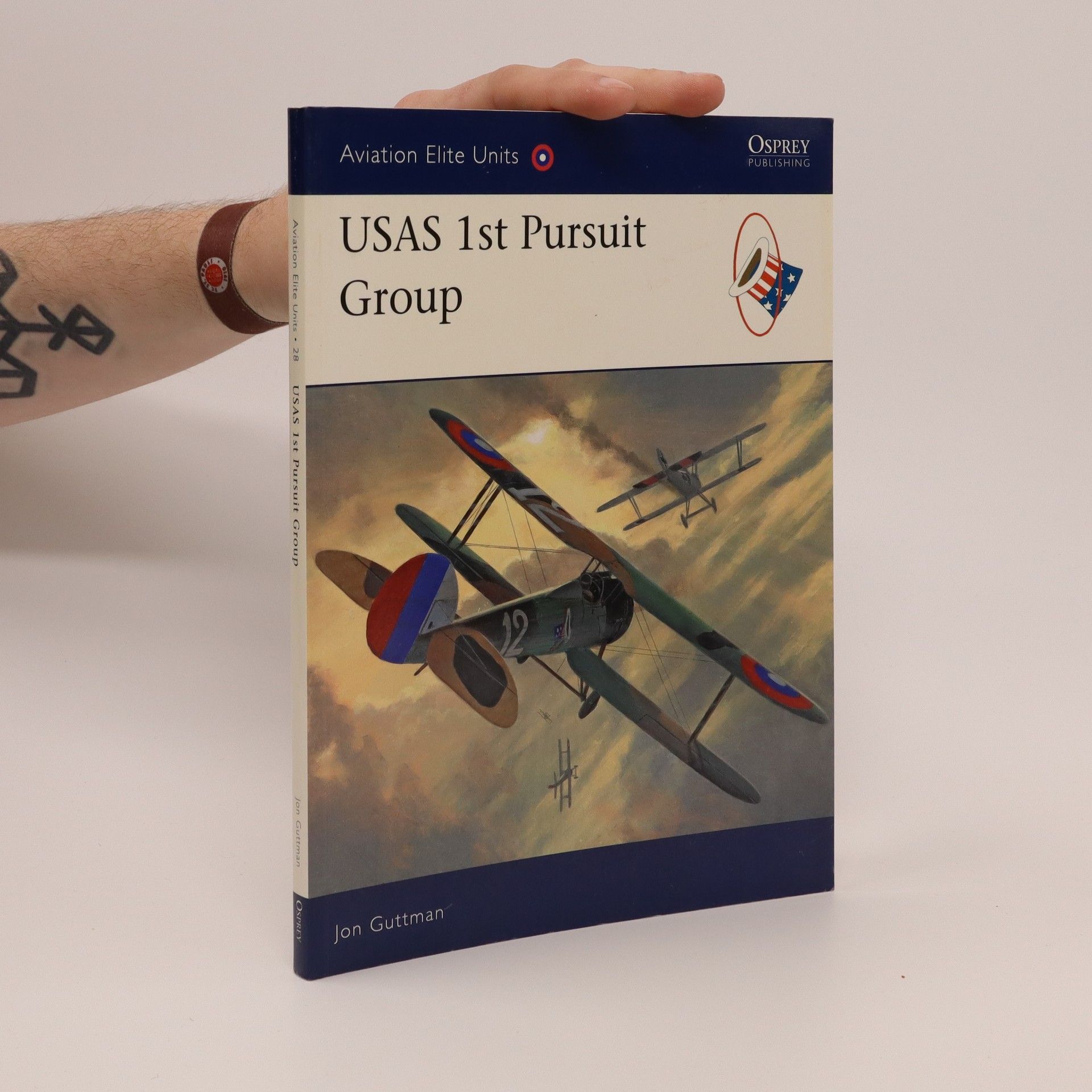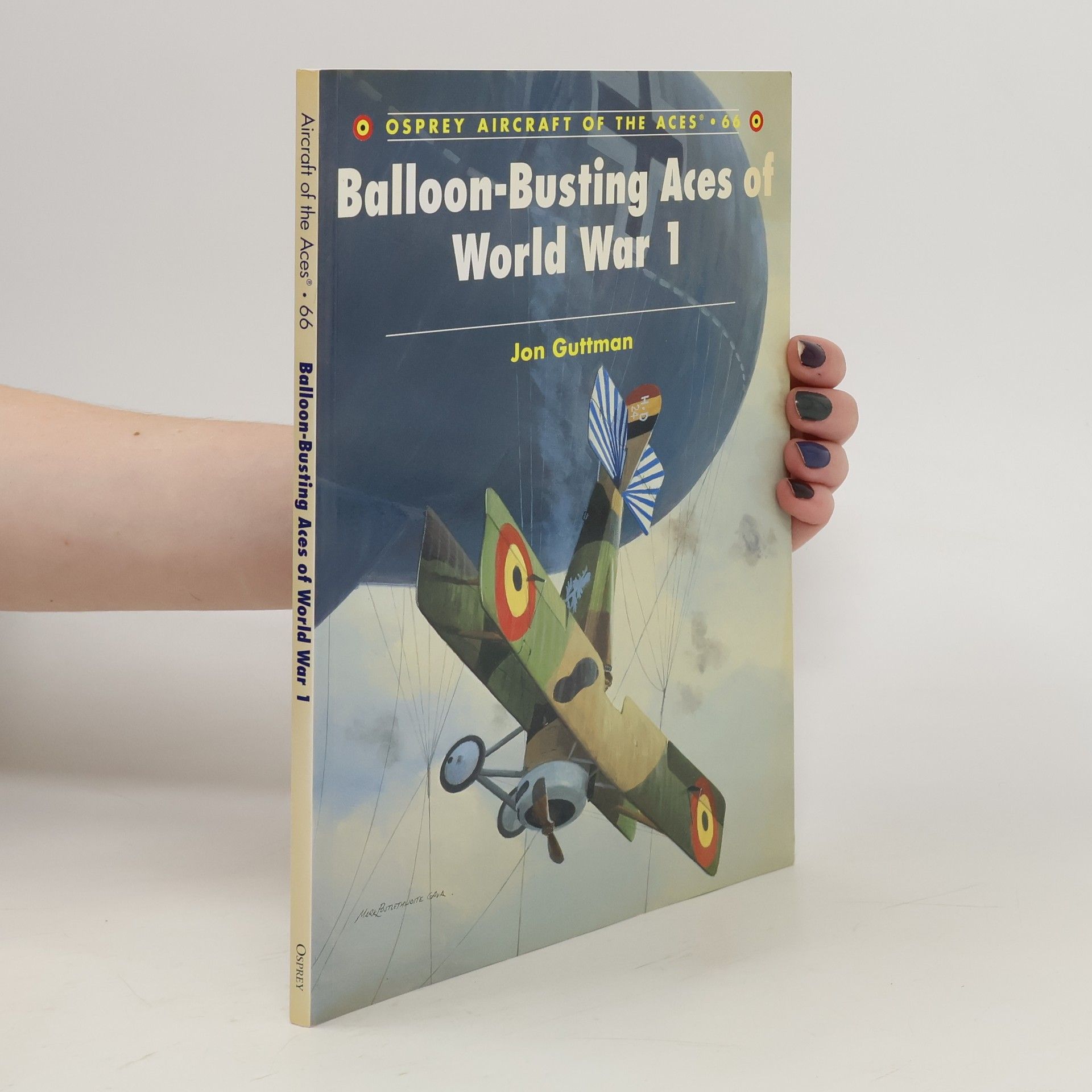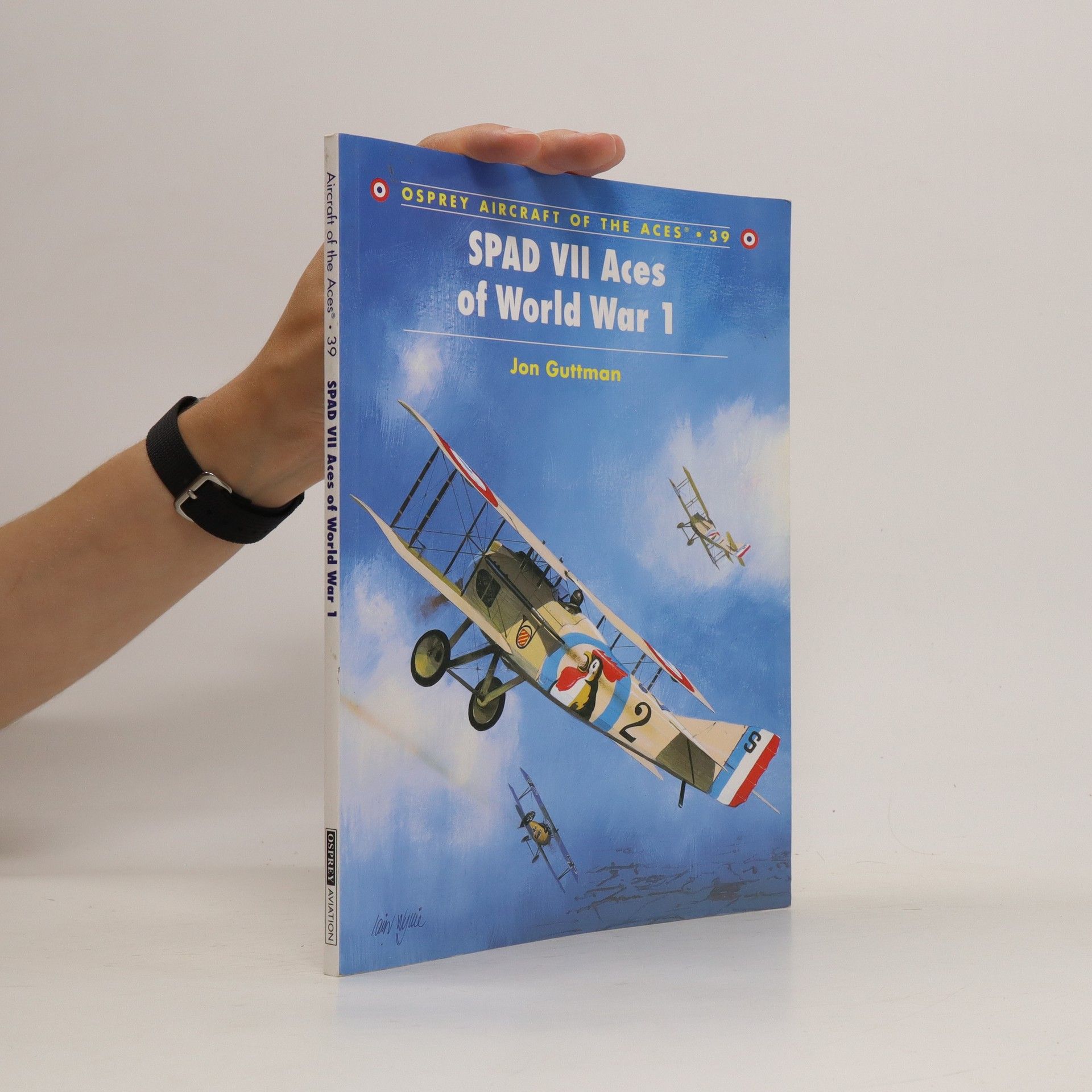Zeppelin vs British Home Defence 1916-18
- 80 pages
- 3 hours of reading
When Ferdinand Graf von Zeppelin's rigid airship LZ 1 flew over Lake Constance in 1900, it was the most advanced and impressive flying machine in the world: a colossal, lighter-than-air craft capable of controlled flight. In World War I, Zeppelins were first used in a reconnaissance role, but on January 19, 1915 Kaiser Wilhelm II authorized their use in bombing strategic targets in England.From then on, Zeppelin became synonymous with terror to the British, and indeed the airship's effectiveness was more psychological than material. Still, their raids compelled the Royal Flying Corps and Royal Naval Air Service to embark on a program of modernizing their aerial defenses, accelerating a process that would ultimately make the airplane, rather than the airship, the paramount flying machine of the war. Using specially commissioned artwork, contemporary photographs, and first-hand accounts, this book tells the fascinating story of Britain's first Blitz, from the airships who terrorized the public to the men who sought to defend the skies.






